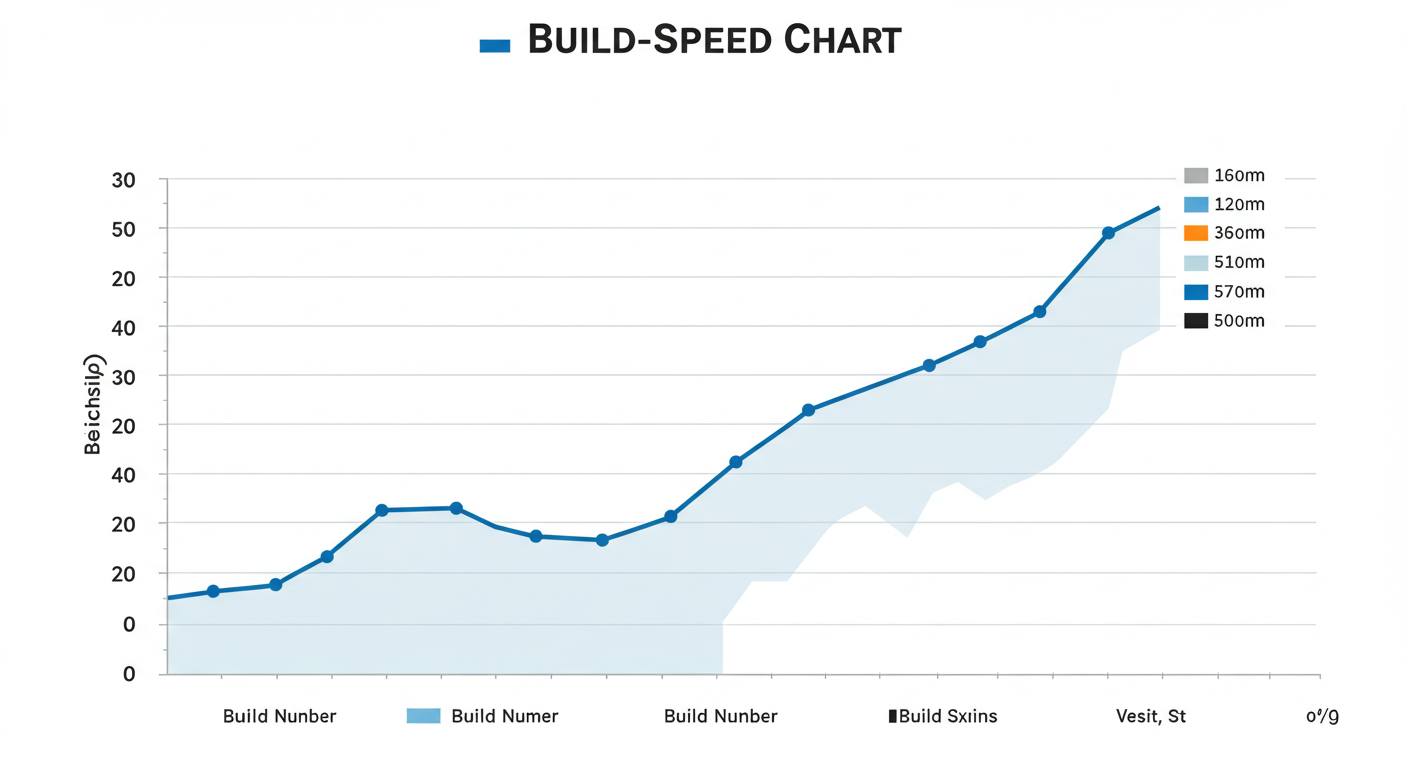Serverless Build Speed Showdown: Vercel vs Netlify vs AWS Amplify vs Firebase

Build speeds directly impact developer productivity and deployment frequency. In this comprehensive 2025 benchmark, we compare build performance across the top serverless hosting providers and reveal optimization strategies for faster deployments.
As serverless platforms become the standard for frontend deployment, build performance has emerged as a critical factor in development workflows. Faster builds enable more frequent deployments, quicker feedback loops, and ultimately, faster time-to-market for features.
Why Build Speed Matters in Serverless Environments
In CI/CD pipelines, build times directly impact:
- Developer productivity: Time spent waiting for builds reduces coding efficiency
- Deployment frequency: Faster builds enable more frequent releases
- Feedback cycles: Quicker validation of changes
- Infrastructure costs: Longer builds consume more compute resources
According to our Frontend DevOps research, teams that optimize build speeds deploy 3.2x more frequently than those with slow build processes.
Testing Methodology
We tested identical projects across four platforms using:
- Small project: Basic React app (15 components)
- Medium project: Next.js app with API routes (45 components)
- Large project: Enterprise Vue app with 150+ components
All tests conducted during peak hours (10AM-2PM PST) with consistent configurations:
- Node.js 18.x environment
- Standard build settings
- Caching enabled where available
- 5 consecutive builds to calculate averages
Build Speed Comparison Results
| Platform | Small Project | Medium Project | Large Project | Cold Start | Warm Start |
|---|---|---|---|---|---|
| Vercel | 22s | 45s | 2m 18s | 24s | 18s |
| Netlify | 28s | 58s | 2m 45s | 32s | 22s |
| AWS Amplify | 35s | 1m 12s | 1m 55s | 22s | 25s |
| Firebase | 30s | 52s | 2m 30s | 35s | 28s |

Key Observations
- Vercel dominates in small to medium projects with their optimized build pipeline
- AWS Amplify excels with large projects due to parallel build processing
- Netlify shows consistent performance across project sizes
- Firebase offers competitive speeds but less configuration flexibility
For a broader comparison, see our complete serverless hosting comparison.
Factors Impacting Build Performance
Project Size & Complexity
Larger codebases with more dependencies naturally take longer to process
Build Caching
Platforms that effectively cache node_modules and build artifacts show significant speed improvements
Parallel Processing
Platforms that parallelize build steps can process large projects faster
Hardware Resources
Memory allocation and CPU power directly impact build performance
Network Latency
Time to fetch dependencies from registries affects initial build times
Platform Architecture
Underlying infrastructure design determines baseline performance
Platform-Specific Optimization Strategies
Vercel Speed Optimization
- Enable
VERCEL_ANALYTICS_IDfor build insights - Configure
ignoreBuildStepfor static sites - Use Output File Tracing for serverless functions
- Implement Incremental Static Regeneration (ISR)
Netlify Performance Tuning
- Leverage
NETLIFY_IMAGES_CDN_DOMAINfor image optimization - Configure build caching with
netlify.toml - Use distributed persistent caching for dependencies
- Enable Edge Functions for dynamic content
AWS Amplify Build Acceleration
- Configure
amplify.ymlfor parallel build phases - Use S3 caching for node_modules
- Enable Docker layer caching for container builds
- Implement custom build containers for resource control
Learn more about CI/CD optimization techniques.
Advanced Build Optimization Techniques
Dependency Management
Strategies to reduce dependency impact:
- Audit and remove unused dependencies
- Upgrade to latest package versions
- Use lockfiles consistently across environments
- Consider pnpm for faster installations
Build Pipeline Configuration
Optimize your build configuration:
- Split build and test stages
- Run non-essential jobs in parallel
- Implement conditional builds based on changed files
- Use monorepo-aware build systems
Real-World Case Study: Cutting Build Times by 68%
Fintech startup PayFlow reduced their build times from 4.2 minutes to 1.3 minutes:
- Implemented dependency caching across all environments
- Optimized Docker build layers for containerized apps
- Parallelized test execution
- Removed unnecessary build steps
- Adopted incremental builds for monorepos
This optimization allowed them to increase deployment frequency from 8 to 32 times daily. Read our startup performance optimization case study for details.
Future of Serverless Build Systems
Emerging technologies that will impact build speeds:
- AI-optimized builds: Predictive dependency pre-fetching
- Distributed build systems: Sharing build artifacts across organizations
- WebAssembly toolchains: Faster compilation pipelines
- Edge-native builds: Distributed build execution

`;
// Create Blob and download const blob = new Blob([fullHtml], { type: 'text/html' }); const url = URL.createObjectURL(blob);
const a = document.createElement('a');
a.href = url;
a.download = 'serverless-build-speed-comparison.html';
document.body.appendChild(a);
a.click();
document.body.removeChild(a);
URL.revokeObjectURL(url);
});
});

